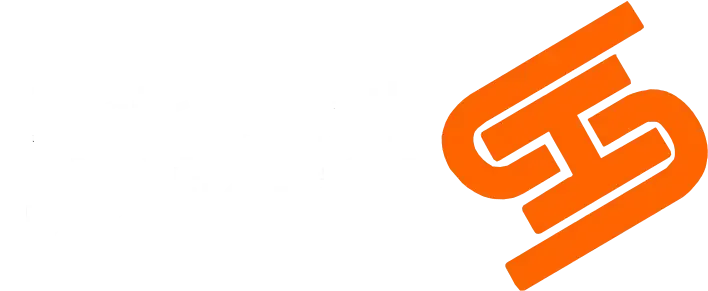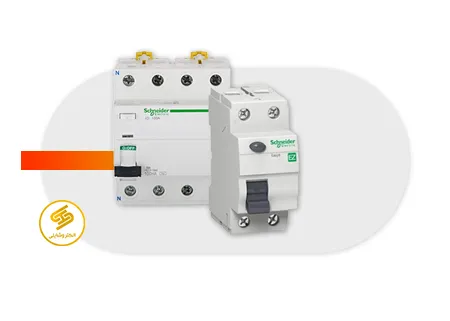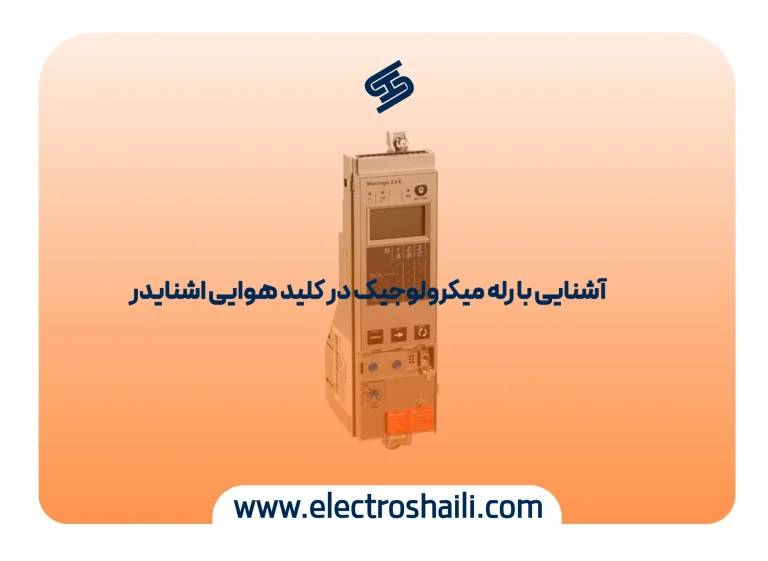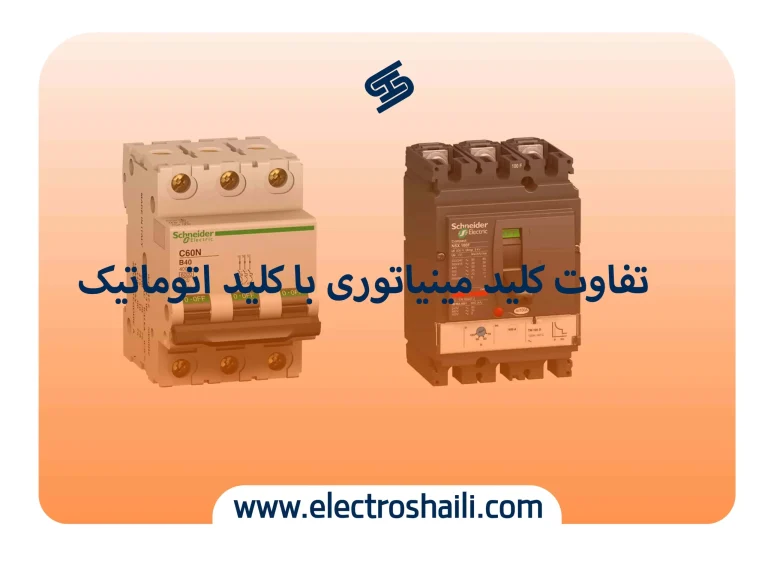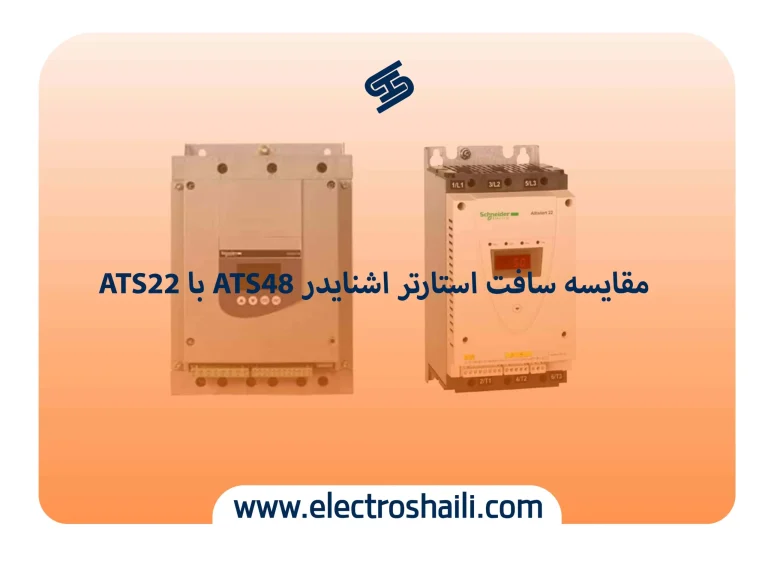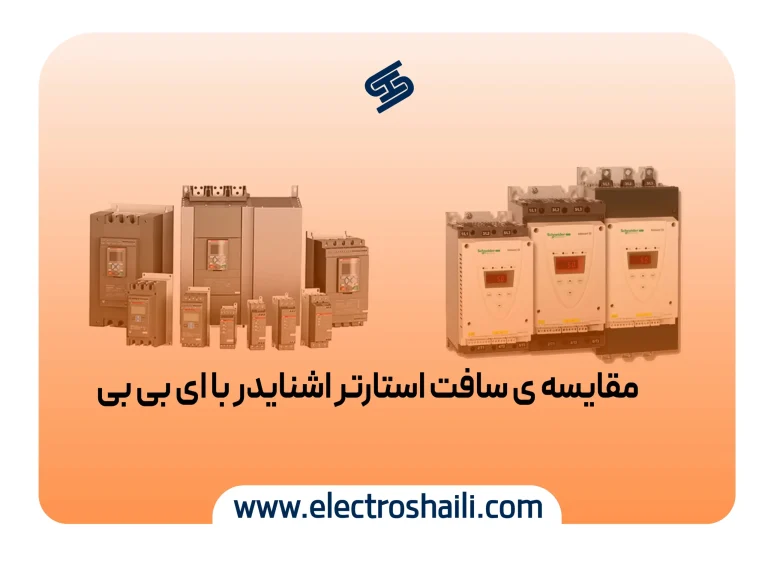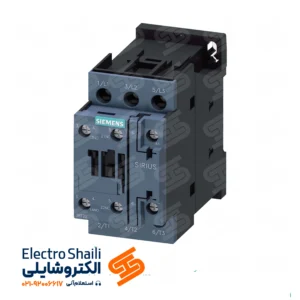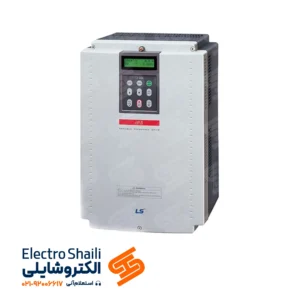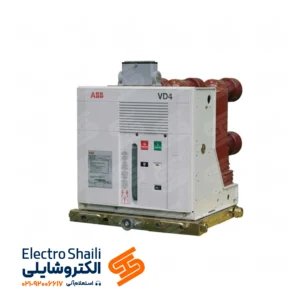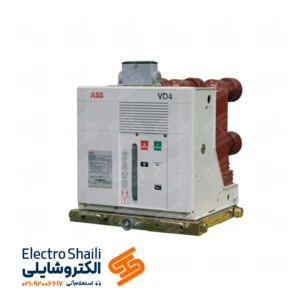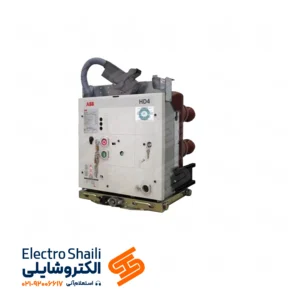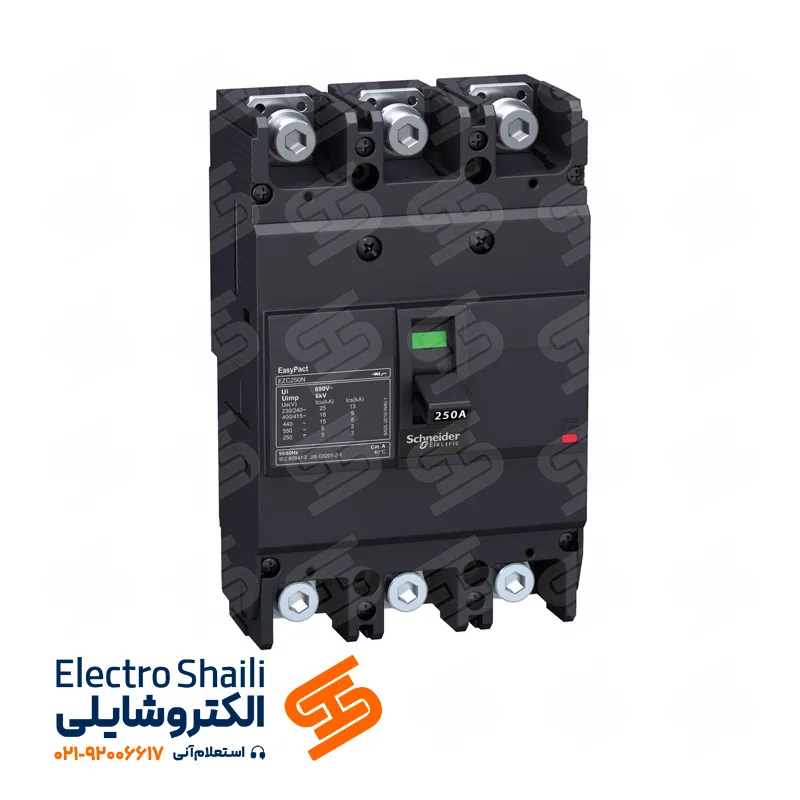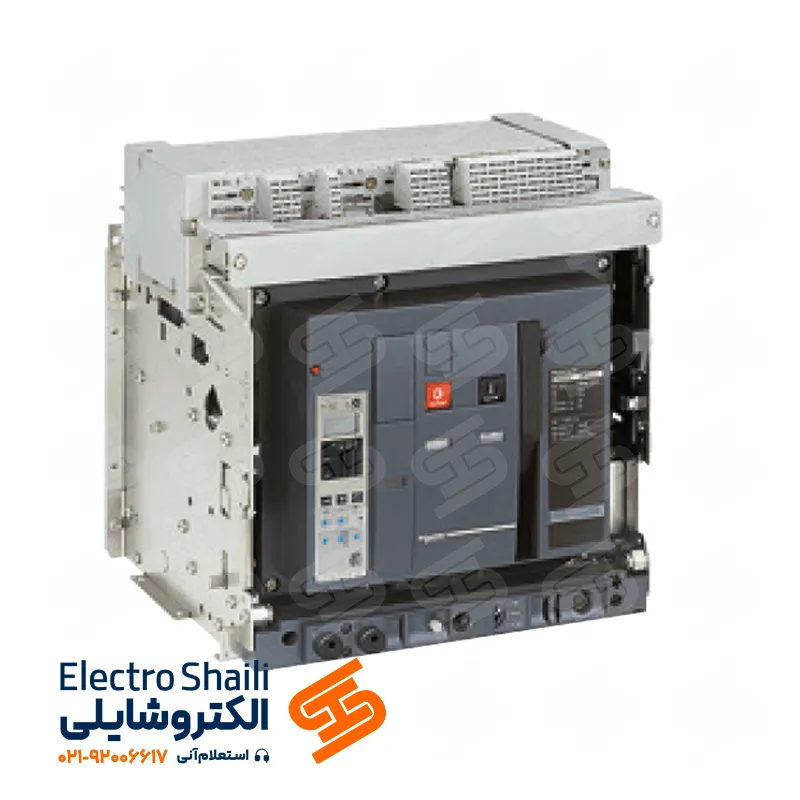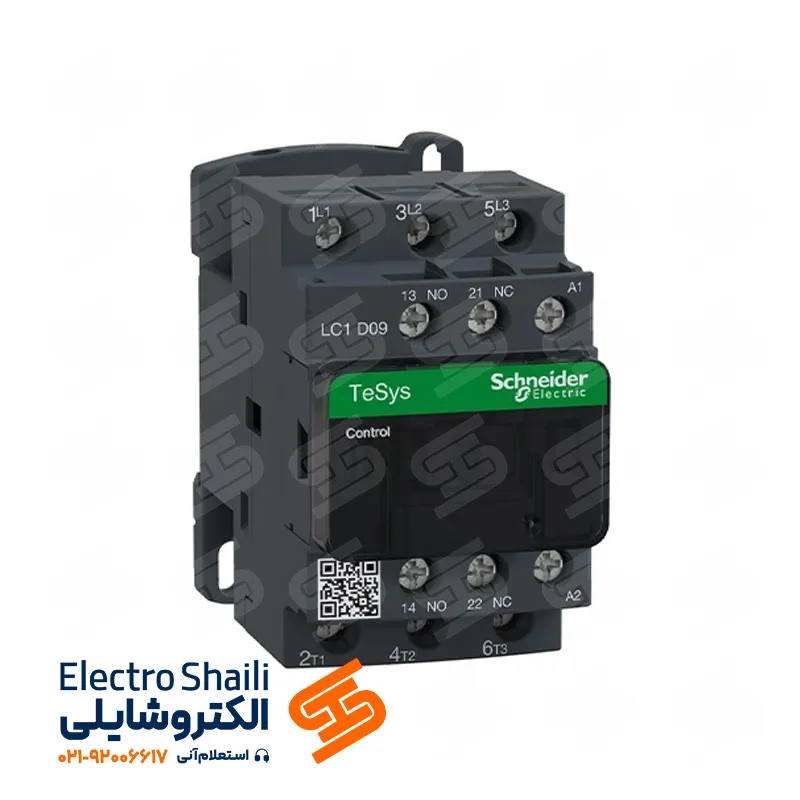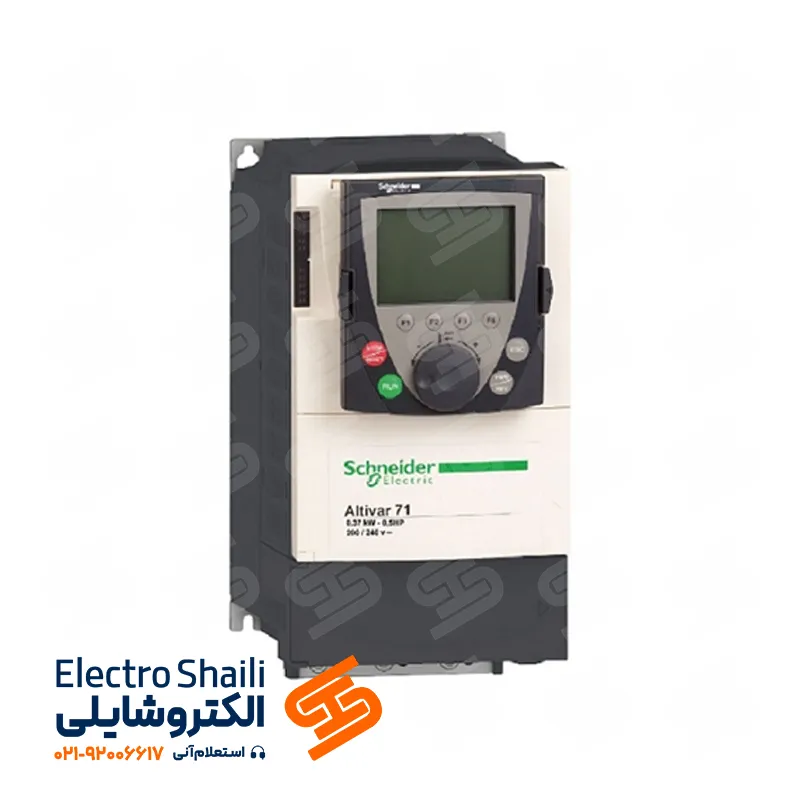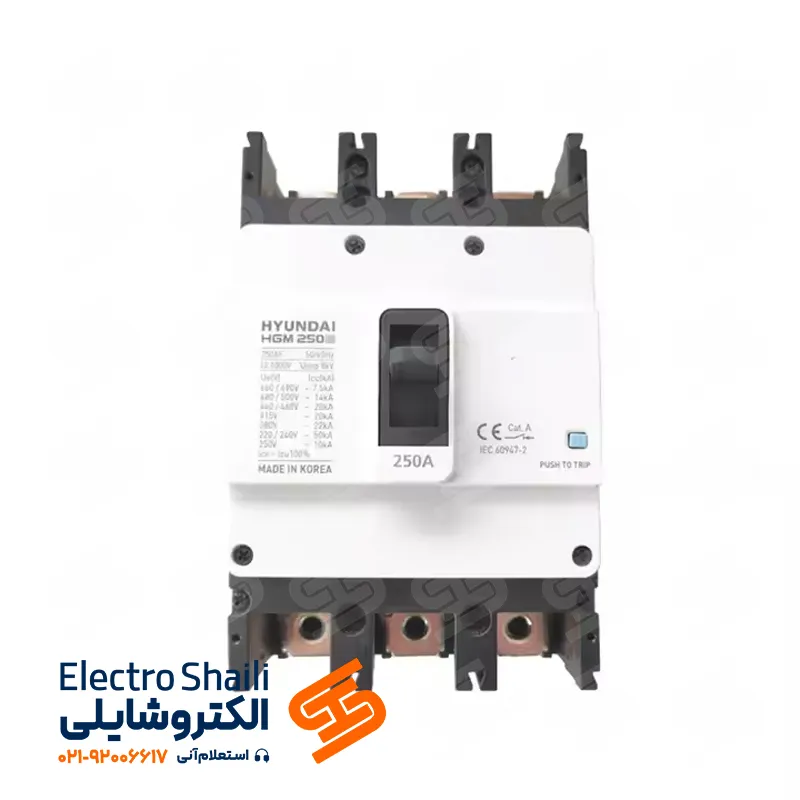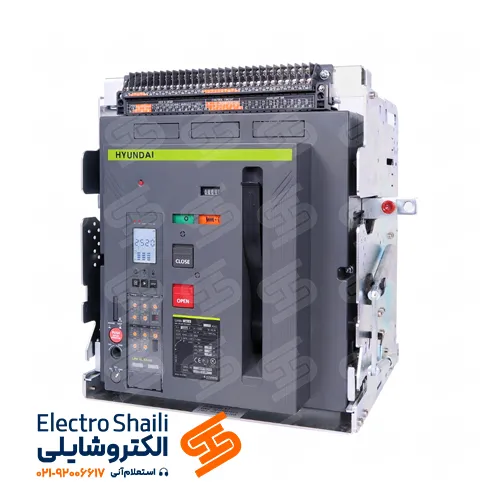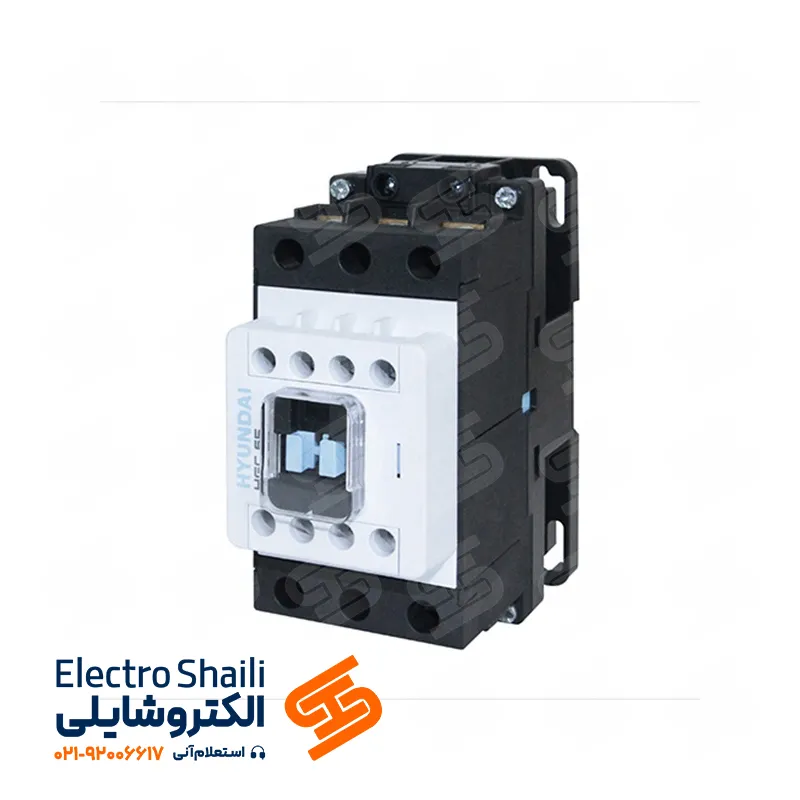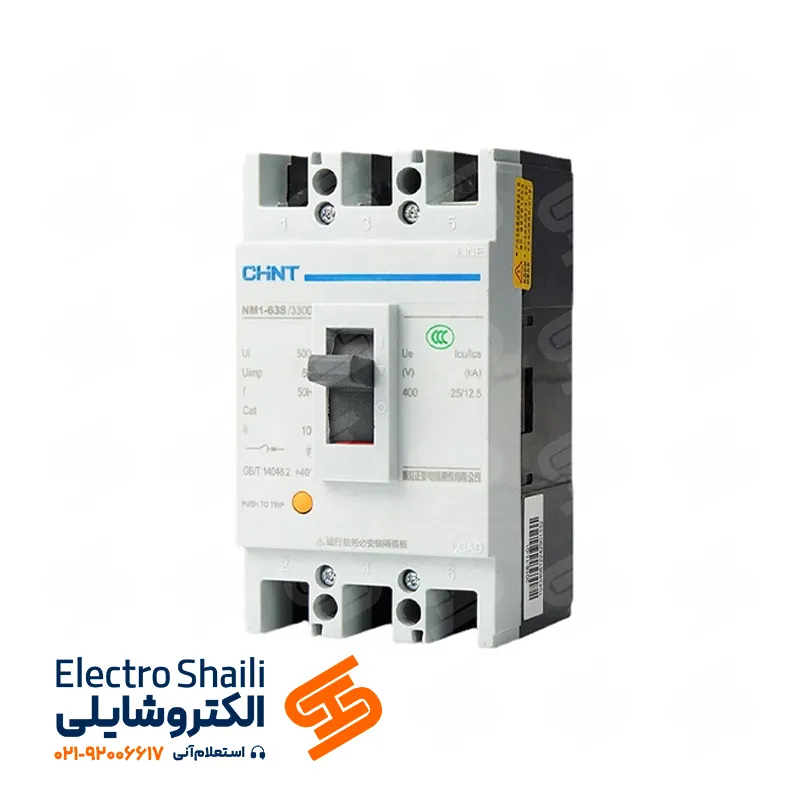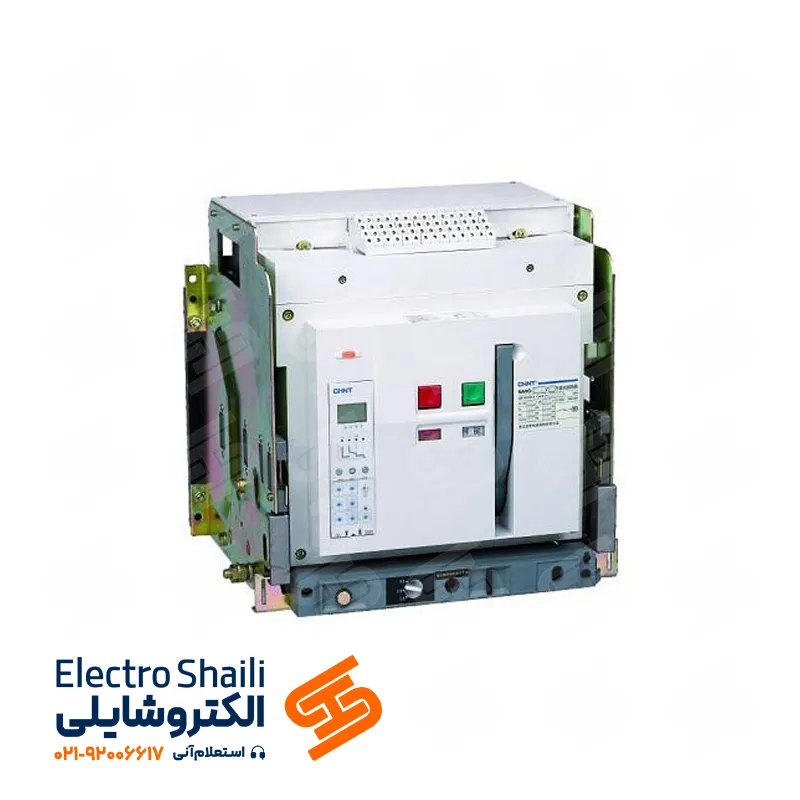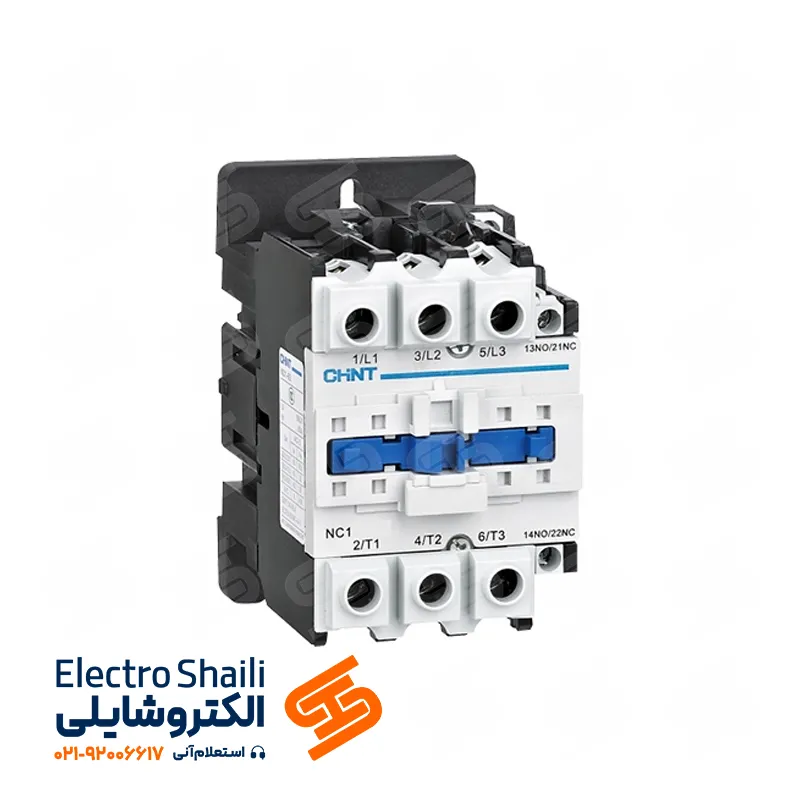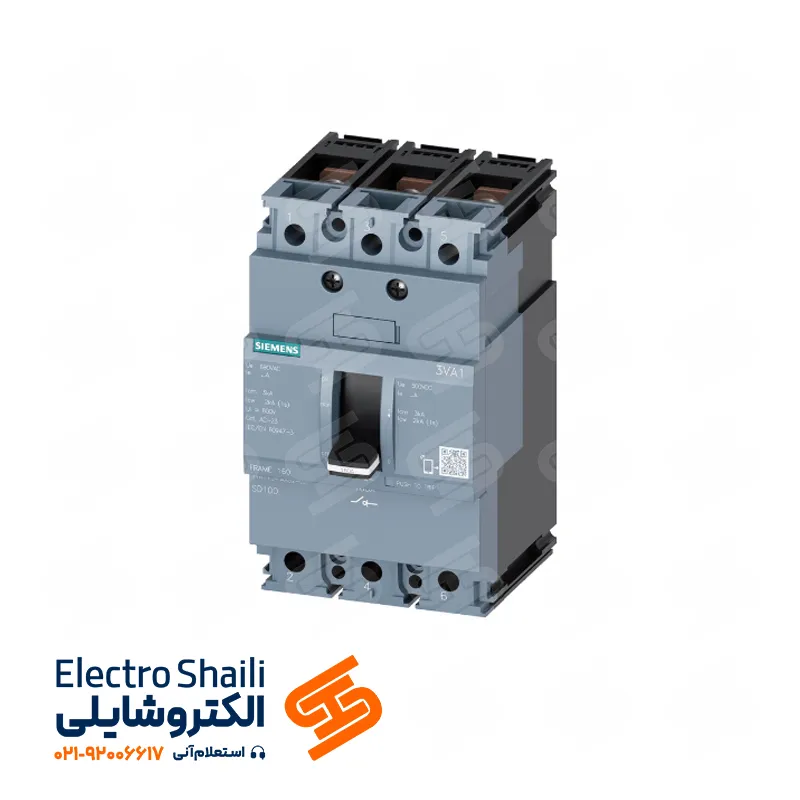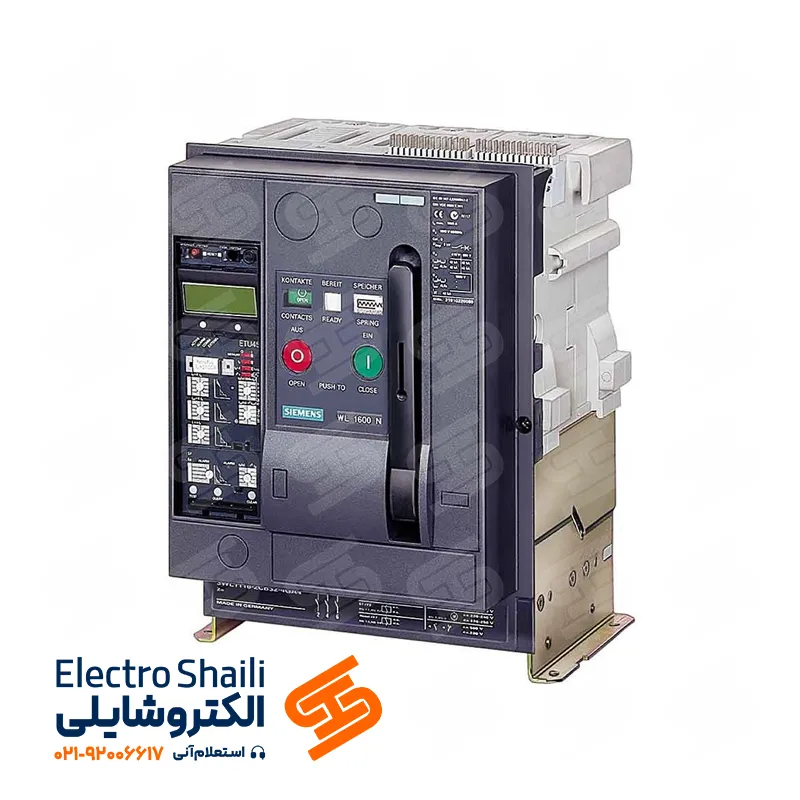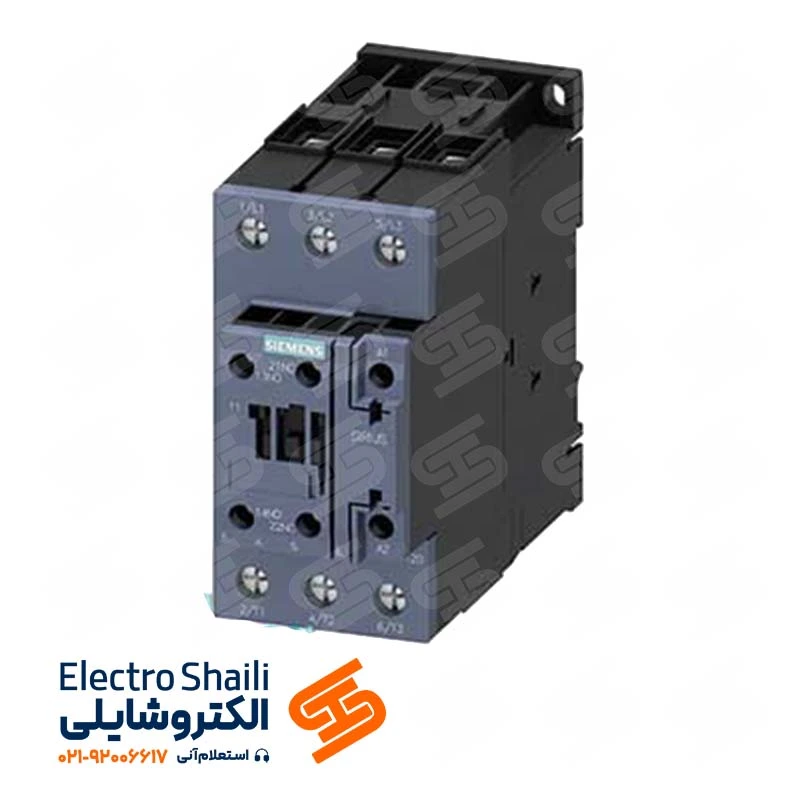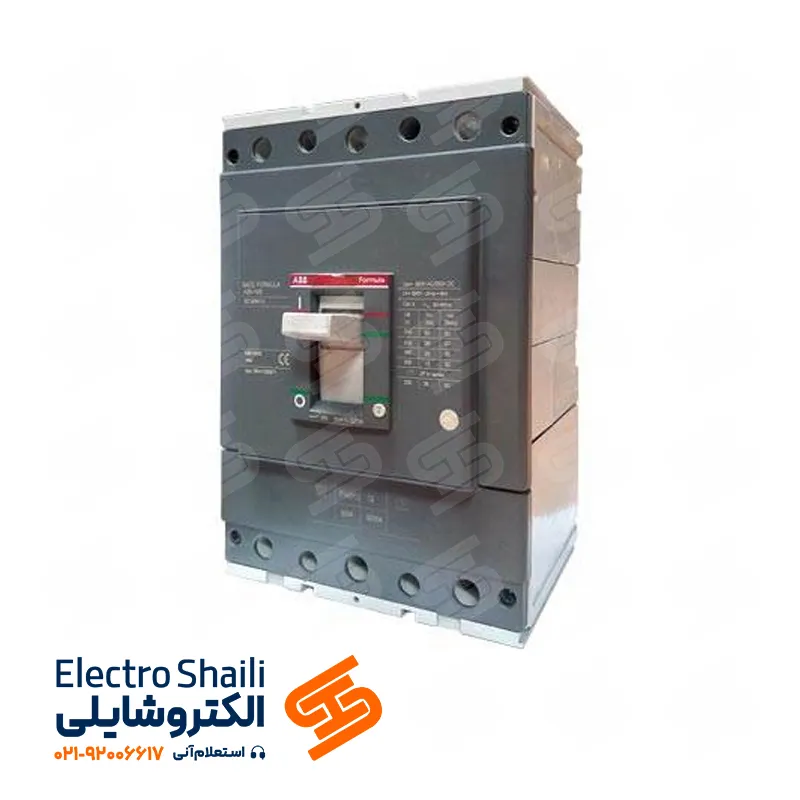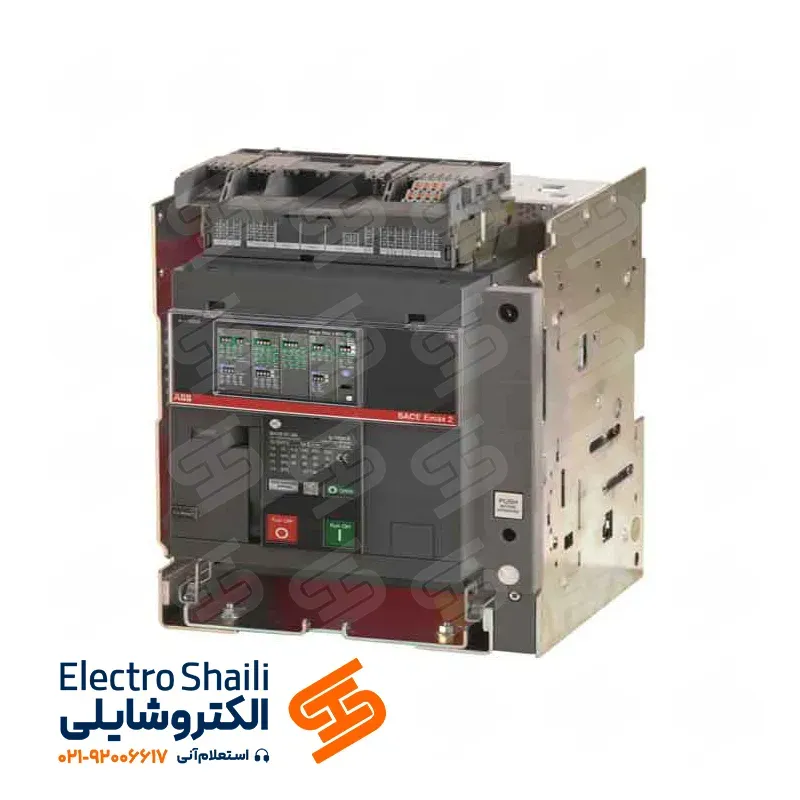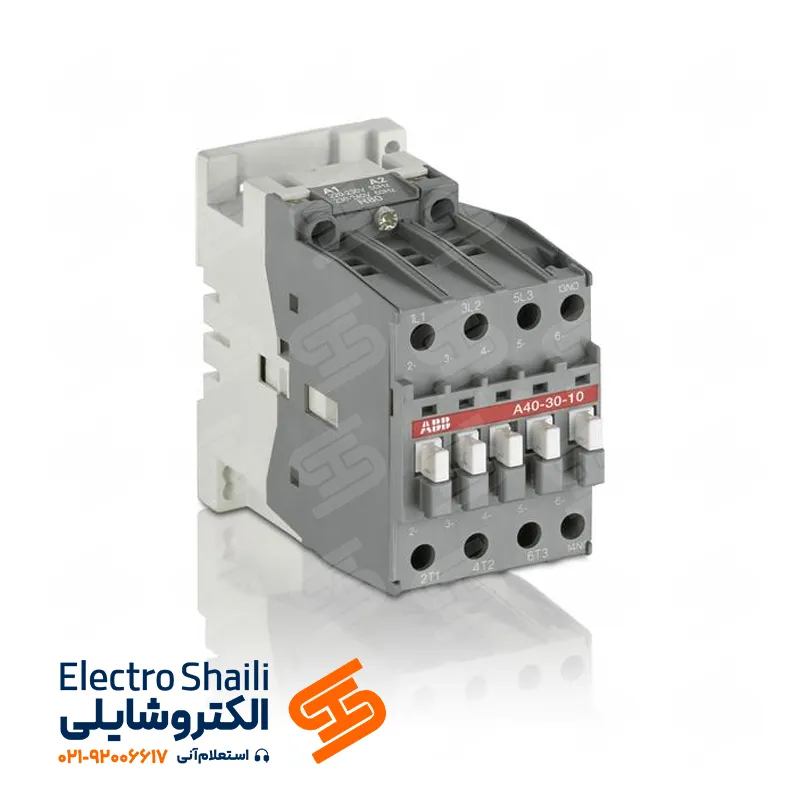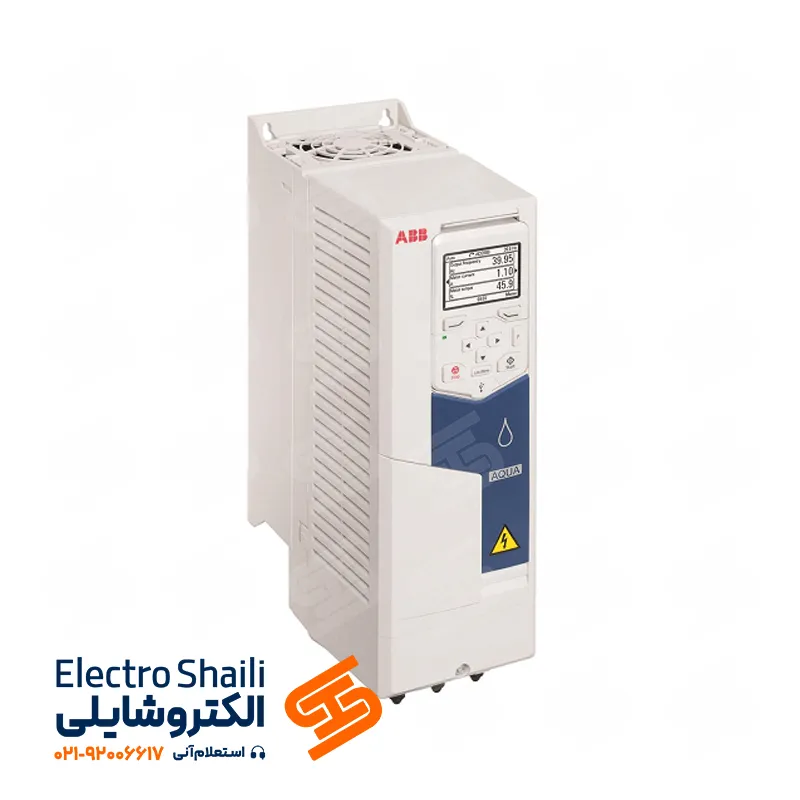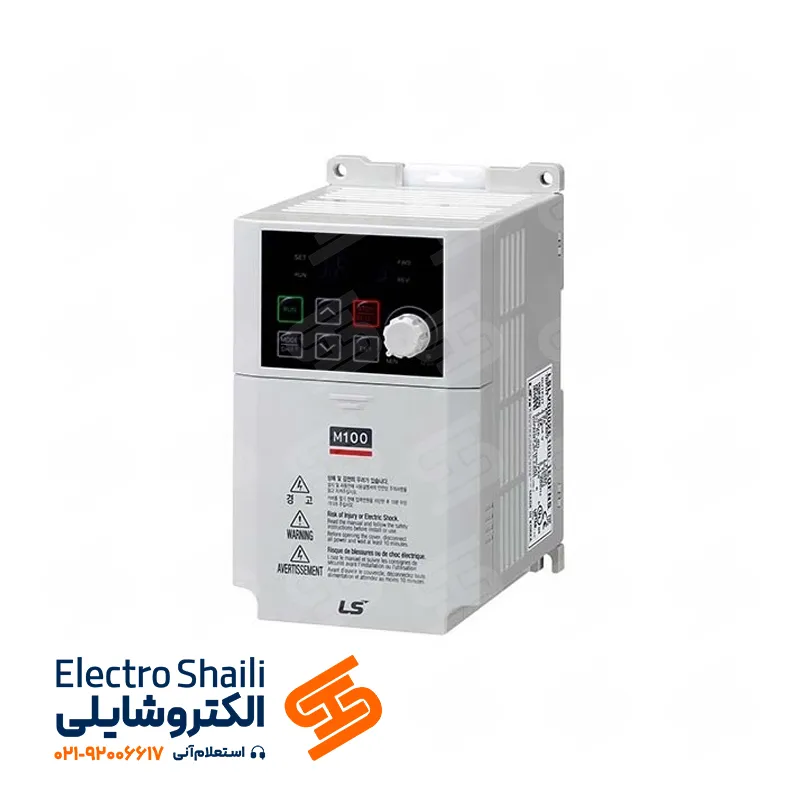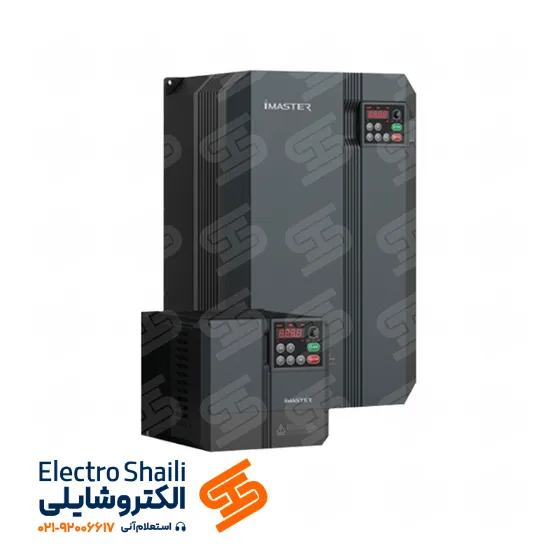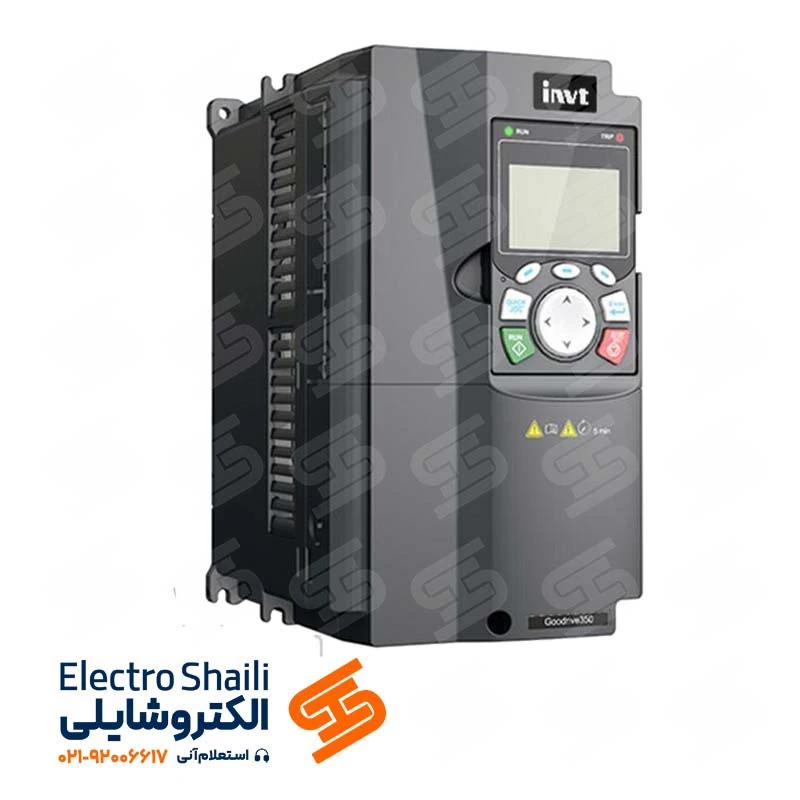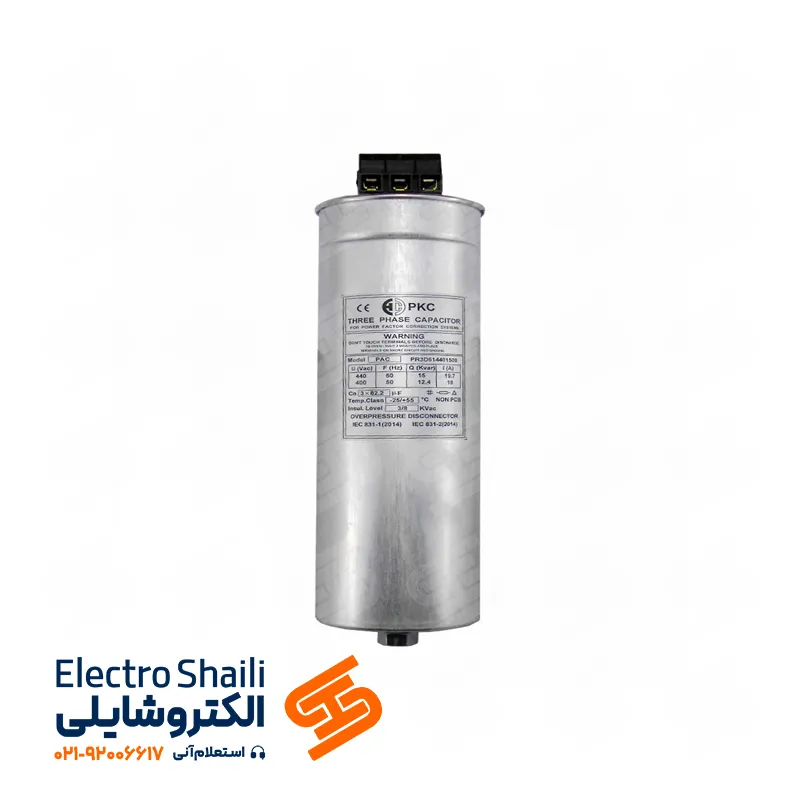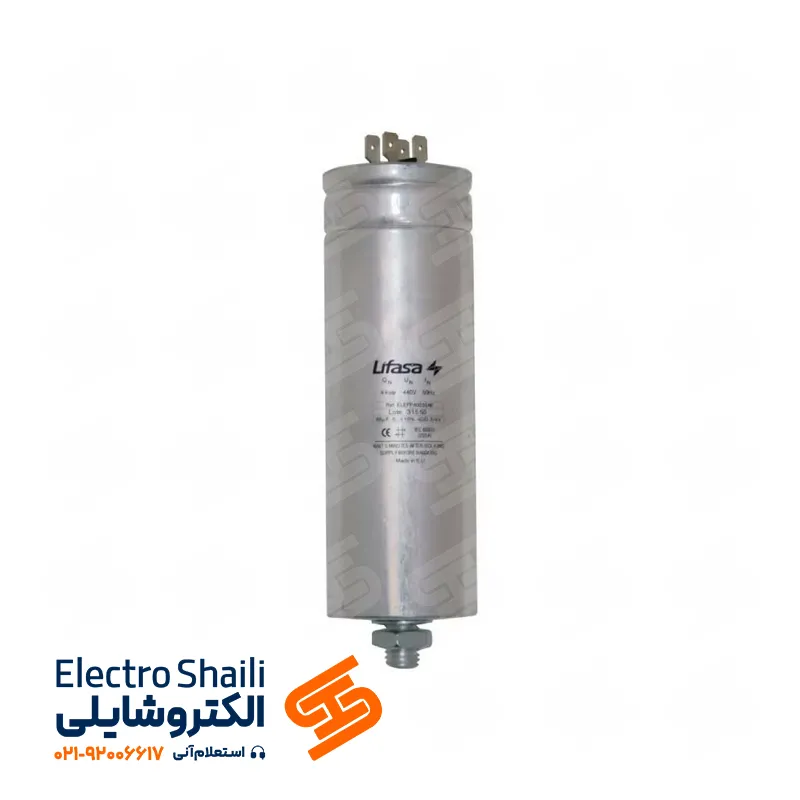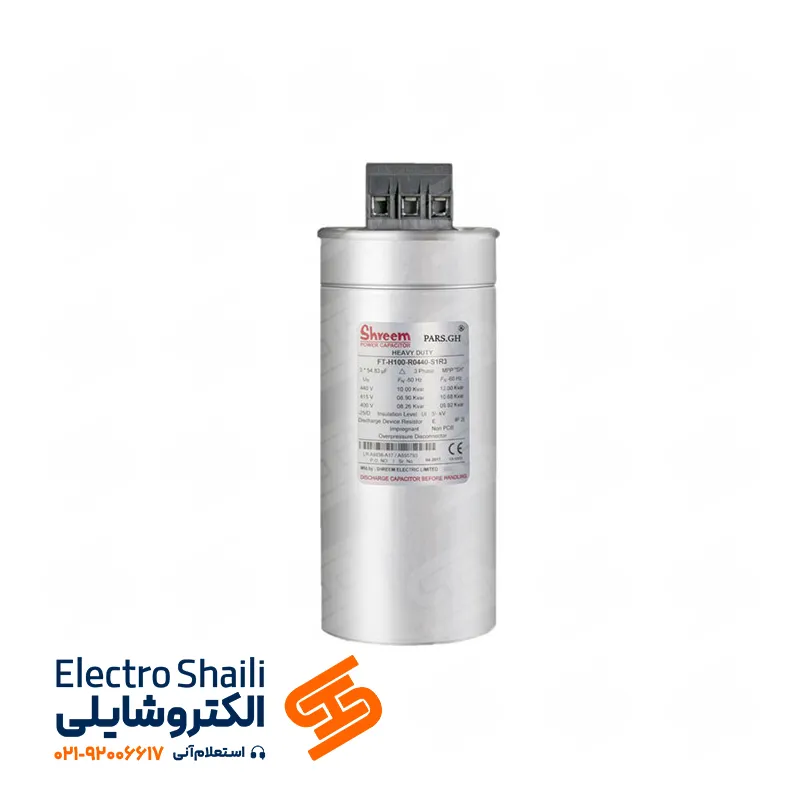buy schneider rccb from iran
The Schneider Residual Current Device (RCD) is an electrical protection device used to safeguard electrical systems and individuals from electrical hazards, especially residual currents (leakage). This protective device has important technical features, which are explained below:
Detection of Residual Current: The Schneider RCD is capable of detecting electrical leakage currents. In the presence of leakage current that may pose a risk to individuals, the RCD activates the power cutoff function quickly.
Protection of Individuals: The primary function of the Schneider RCD is to protect individuals from electrical hazards. This device automatically performs the power cutoff function when it detects residual current, thereby preventing electric shocks and maintaining individuals’ safety.
Automatic Resetting System: The Schneider RCD has the capability of automatic resetting after performing the power cutoff function. After resolving the fault or eliminating the leakage current, the RCD automatically restores power.
Adjustable Current Setting: The RCD allows for the adjustment of the cutoff current. This feature enables users to adjust the desired leakage current based on their needs, ensuring adaptability to different electrical systems and enhancing protection accuracy.
Safety Standards: Schneider RCDs are designed and manufactured according to international safety standards such as IEC 61008-1 and IEC 62423. These standards ensure that the device complies with effective and safe electrical regulations.
Types of Schneider Residual Current Devices
Schneider Electric is a reputable and well-known manufacturer of electrical equipment, producing various types of RCCBs. Below are some types of Schneider RCDs:
Types Based on Application
Residential RCD: Used for residential purposes and in single-phase circuits to protect individuals from electric shocks and equipment from ground faults.
Industrial RCD: Used in industrial applications and three-phase circuits, providing protection not only against ground faults but also against overloads and short circuits, safeguarding motors and sensitive equipment.
Types Based on Series
Schneider Electric iID Series RCD
The Schneider Electric iID Series RCD is a compactly designed and reliable electrical protection device used to protect individuals from electric shocks and equipment from damage caused by ground faults, short circuits, and overloads. This series of Schneider RCDs offer various advantages:
Compact Design: The iID Series RCDs feature small and compact dimensions, occupying minimal space in electrical panels and suitable for various applications, including residential, industrial, and commercial.
Reliable Performance: The iID Series RCDs provide precise and reliable performance over time, thanks to innovative technologies and high-quality materials.
Easy Installation: Installation of this series of RCDs is straightforward due to their simple design and easy connections.
Variety: The iID Series RCDs are produced in a wide range of functional types (AC, A, and B), rated currents (from 6 to 125 amps), and sensitivities (30, 100, 300, and 500 milliamps), offering precise selection options tailored to specific needs.
Additional Features: Some models in this series are equipped with additional features such as overvoltage protection, lightning protection, etc., making them ideal for specific applications.
Applications of Schneider Electric iID Series RCDs:
Residential Use: Protection of individuals and equipment in homes and apartments.
Industrial Use: Protection of motors, equipment, and electrical panels in various industries.
Commercial Use: Protection of equipment and electrical systems in commercial centers, offices, etc.
Selection and Installation:
Selection of Schneider Electric iID Series RCDs depends on factors such as the type of application, rated circuit current, required sensitivity, and additional features. Installation of these devices should be carried out by trained individuals while adhering to technical requirements.
Schneider Electric Acti9 iID Residual Current Device (RCD)
The Schneider Electric Acti9 iID Series Residual Current Device (RCD) is a new generation of electrical protection devices that offers a new level of electrical safety with modern design and advanced functionality. This series of RCDs, utilizing innovative technologies and high-quality materials, brings multiple benefits:
Advantages of Schneider Electric Acti9 iID Series Residual Current Device:
Modern Design: This series of Schneider Electric RCDs are designed with a sleek and modern appearance, suitable for modern electrical equipment.
Advanced Performance: The Acti9 iID Series RCDs provide precise and fast detection and cutoff of current in hazardous situations, ensuring reliable protection for individuals and equipment.
Easy Installation: Installation of this series of RCDs is easy due to their simple design and easy connections.
Variety: The Acti9 iID Series RCDs are produced in a wide variety of functional types (AC, A, and B), rated currents (from 6 to 125 amps), and sensitivities (30, 100, 300, and 500 milliamps), providing precise selection options tailored to specific needs.
Additional Features: Some models in this series are equipped with additional features such as overvoltage protection, lightning protection, DC leakage protection, etc., making them ideal for specific applications.
Applications of Schneider Electric Acti9 iID Series Residual Current Device:
Residential Use: Protection of individuals and equipment in homes and apartments.
Industrial Use: Protection of motors, equipment, and electrical panels in various industries.
Commercial Use: Protection of equipment and electrical systems in commercial centers, offices, etc.
Selection and Installation:
Selection of Schneider Electric Acti9 iID Series RCDs depends on factors such as the type of application, rated circuit current, required sensitivity, and additional features. Installation of these devices should be carried out by trained individuals while adhering to technical requirements.
Conclusion:
The Schneider Electric Acti9 iID Series Residual Current Device, with its numerous advantages, high variety, diverse capabilities, and modern design, is an ideal choice for protecting individuals and equipment against electrical hazards.
Tips for Choosing Schneider Electric Acti9 iID Series Residual Current Device:
Application Type: Select the appropriate RCD based on the type of application (residential, industrial, or commercial) and circuit type (single-phase or three-phase).
Rated Current: Choose the RCD with the appropriate rated current for your circuit.
Sensitivity: Select the RCD with the appropriate sensitivity for your needs (usually 30 milliamps for residential use and 100 milliamps for industrial use).
Additional Features: If additional protections such as overvoltage protection, lightning protection, etc., are needed, choose the RCD equipped with these features.
By selecting and installing the Schneider Electric Acti9 iID Series Residual Current Device correctly, you can ensure the safety of yourself and your loved ones against electrical hazards.
Schneider Electric Acti9 RCBO Circuit Breaker
The Schneider Electric Acti9 RCBO Series Residual Current Circuit Breaker with Overcurrent Protection is a combination of a residual current device (RCCB) and a miniature circuit breaker (MCB) that provides protection against earth faults, overload, and short circuits. This series of Schneider Electric RCBOs offers multiple advantages:
Advantages of Schneider Electric Acti9 RCBO Circuit Breaker:
Space Saving: By combining two functions into one device, this series of circuit breakers significantly reduces space occupancy in the electrical panel.
Complete Protection: Complete protection against earth faults, overload, and short circuits ensures the safety of circuits and equipment.
Easy Installation: Installation of this series of circuit breakers is easy due to their simple design and easy connections.
Variety: The Acti9 RCBO Series circuit breakers are produced in a wide variety of functional types (AC, A, and B), rated currents (from 6 to 125 amps), and sensitivities (30, 100, 300, and 500 milliamps), providing precise selection options tailored to specific needs.
Additional Features: Some models in this series are equipped with additional features such as overvoltage protection, lightning protection, etc., which are ideal for specific applications.
Applications of Schneider Electric Acti9 RCBO Circuit Breaker:
Residential Use: Protection of individuals and equipment in homes and apartments.
Industrial Use: Protection of motors, equipment, and electrical panels in various industries.
Commercial Use: Protection of equipment and electrical systems in commercial centers, offices, etc.
Selection and Installation:
Selection of Schneider Electric Acti9 RCBO Circuit Breakers depends on factors such as the type of application, rated circuit current, required sensitivity, and additional features. Installation of these circuit breakers should be carried out by trained individuals while adhering to technical requirements.
Conclusion:
The Schneider Electric Acti9 RCBO Circuit Breaker, with its numerous advantages, high variety, diverse capabilities, and space-saving design, is an ideal choice for protecting individuals, equipment, and electrical circuits against various hazards.
Tips for Choosing Schneider Electric Acti9 RCBO Circuit Breaker:
Application Type: Select the appropriate circuit breaker based on the type of application (residential, industrial, or commercial) and circuit type (single-phase or three-phase).
Rated Current: Choose the circuit breaker with the appropriate rated current for your circuit.
Sensitivity: Select the circuit breaker with the appropriate sensitivity for your needs (usually 30 milliamps for residential use and 100 milliamps for industrial use).
Additional Features: If additional protections such as overvoltage protection, lightning protection, etc., are needed, choose the circuit breaker equipped with these features.
By selecting and installing the Schneider Electric Acti9 RCBO Circuit Breaker correctly, you can ensure the safety of yourself and your loved ones against electrical hazards.
What is a Residual Current Circuit Breaker (RCCB) and What is its Use?
An RCCB (Residual Current Circuit Breaker) is a protective device used in electrical systems. Its primary purpose is to protect individuals from electrical hazards. The RCCB operates by detecting the difference in current between the phase and neutral, and in the presence of any type of electrical leakage or shock, it cuts off the current. This switch is known as an extremely effective protection against electrical hazards.
By using an RCCB, it is possible to prevent electrical shock and protect against sudden and dangerous accidents resulting from electrical leakage. This switch is used in various places such as homes, workplaces, industries, and public locations.
Therefore, the RCCB is considered an essential and fundamental equipment in electrical systems due to its ability to protect individuals from electrical hazards.
Function and Application of Schneider Residual Current Circuit Breakers
The Schneider Electric RCCB is a protective device designed to protect individuals and equipment from electrical hazards. It operates by detecting the slightest difference in current between the phase and neutral. Unlike ordinary on/off switches, the Schneider Electric RCCB automatically and rapidly cuts off the electric current.
The main function of the Schneider Electric RCCB is to cut off the current in the event of any electrical leakage or shock, thereby preventing electrical shock. This switch has the ability to detect even the slightest difference in current and acts immediately to prevent sudden and dangerous accidents.
The Schneider Electric RCCB is used in various environments including homes, workplaces, industries, and public locations. Its applications include:
Home Protection: The Schneider Electric RCCB is used as an effective protective tool in homes. It plays a very important role in protecting the health and safety of individuals against electrical hazards.
Industrial and Workplace Protection: In industries and workplaces where high currents and heavy loads are present, the use of Schneider Electric RCCBs is very important. This switch effectively protects against hazards arising from electrical leakage and electrical shock in these environments.
Protection in Public Places: In public places such as hotels, hospitals, offices, shops, and other public facilities, the Schneider Electric RCCB plays a crucial role in safety and protection of individuals. This switch is used to maintain public health and safety.
In summary, the Schneider Electric RCCB, with its strong performance and ability to protect individuals from electrical hazards, is a very important and essential tool in industries, workplaces, and public places. By using this switch, safety and health against electrical hazards are improved.
The Importance of Using Schneider Residual Current Circuit Breakers
The use of Schneider Electric RCCBs can actually help increase the lifespan of other equipment as a preventive measure. This is because this switch is capable of quickly cutting off the current in the face of electrical hazards and protecting equipment connected to it from serious damage.
When electrical hazards such as electrical leakage, electrical shock, or short circuits occur in electrical systems, the Schneider Electric RCCB immediately and automatically cuts off the current. This rapid action and interruption of the electric current before it enters other equipment prevents damage to and disruption of equipment. This means reducing the amount of repairs and costs associated with equipment failure
Structure and Components of Schneider Electric Residual Current Circuit Breakers (RCCBs)
The Schneider Electric Residual Current Circuit Breaker (RCCB) is a complex structure composed of various components that work together to perform its protective function. Below is a complete explanation of the structure and components of the Schneider Electric RCCB:
1. Casing: The casing of the RCCB is made of durable and fire-resistant materials. It serves to protect the internal components of the breaker and prevent unauthorized access to the electrical parts.
2. Sensor Device: The sensor device plays a crucial role in the RCCB. It can detect the difference in current between the phase and neutral, and in the event of electrical leakage or electric shock, it sends a trip signal to the other components.
3. Trip and Reset Module: This module is responsible for cutting off the electrical current. Upon detecting electrical leakage or shock, the trip and reset module sends a trip signal to the trip device, automatically cutting off the current.
4. Trip Device: Upon receiving the trip signal from the trip and reset module, this device quickly cuts off the electrical current. It operates electromagnetically and swiftly interrupts the current.
5. Relay: The relay is a crucial component in the RCCB, responsible for cutting off and reconnecting the electrical current. Upon receiving a trip signal from the trip device, the relay quickly interrupts the current and automatically reconnects it when the issue is resolved.
6. Handle: The handle of the RCCB allows the operator to reset the breaker after the electrical current is cut off. By using the handle, the RCCB is ready for reuse after the hazard is eliminated.
7. Indicator: Some Schneider Electric RCCBs are equipped with an indicator that displays the status of the breaker. Typically, the indicator shows a red light when the breaker is tripped and a green light when it is in the ON position.
In summary, the Schneider Electric RCCB, with its complex structure composed of different components, has the ability to cut off electrical current in the event of electrical hazards, providing reliable protection for equipment and individuals against electrical dangers.
Functioning of Schneider’s RCCB in Protecting People and Equipment
The Schneider Electric RCCB acts as an electromagnetic memory and operates to protect people and equipment in the event of electrical hazards. The functioning of this breaker is as follows:
1. Hazard Detection: The RCCB detects the difference in current between the phase and neutral using its sensor device. In the event of electrical hazards such as leakage or electric shock, the sensor quickly sends a trip signal, initiating the protective function of the breaker.
2. Current Interruption: The trip signal from the sensor device is sent to the trip and reset module. Upon receiving the signal, the module swiftly cuts off the electrical current. This rapid action interrupts the current in a short time, minimizing serious risks.
3. Disconnection: With the interruption of the electrical current, the trip device is activated, disconnecting the connection between the phase and neutral. This action separates the equipment from the power source, preventing electric shock hazards.
4. Status Display: Some Schneider Electric RCCBs are equipped with an indicator that displays the breaker’s status. In the event of a current interruption, the indicator shows a red light indicating that the breaker is tripped. This status informs individuals of the presence of electric shock hazards and the need for appropriate action.
5. Resetting the Breaker: After eliminating the hazard and resolving the issue, the operator can reset the breaker using the handle. This operation prepares the breaker for reuse and reconnects the electrical current.
Thus, the Schneider Electric RCCB, with its functions of current interruption, disconnection, and status display, has the capability to protect people and equipment against electrical hazards, contributing to safety and health in electrical environments.
Advantages and Benefits of Using Schneider’s RCCB
The use of Schneider Electric’s RCCB provides numerous advantages and benefits for users and electrical equipment. Some of these advantages include:
1. Personnel Protection: One of the most significant advantages of using Schneider’s RCCB is personnel protection against electrical hazards. By quickly and safely cutting off the electrical current, the likelihood of electric shock is reduced, keeping individuals exposed to fewer hazards.
2. Equipment Protection: Schneider’s RCCB can protect equipment against electrical leakage, voltage drops, and other electrical issues. Swiftly cutting off the current prevents equipment damage and increases their lifespan.
3. Fault Detection Capability: Schneider’s RCCB has the ability to detect faults. In the event of electrical leakage, voltage drops, or other disruptions, it quickly sends a trip signal, identifying the fault. This capability allows for a rapid response to prevent further hazards.
4. Ease of Use: Schneider’s RCCB features a handle that allows operators to reset the breaker easily. This feature ensures that the breaker is ready for reuse after eliminating hazards, without the need for additional repairs or adjustments.
5. Confidence: By using Schneider’s RCCB, users will have more confidence. They can be assured that they are exposed to fewer hazards and that their equipment is safe.
In general, the use of Schneider’s RCCB enhances safety, protects equipment, and increases confidence in electrical environments. This advanced technology plays a crucial role in improving the safety and efficiency of electrical systems. Additionally, you can contact Electroschely experts to purchase genuine Schneider Electric switches.
